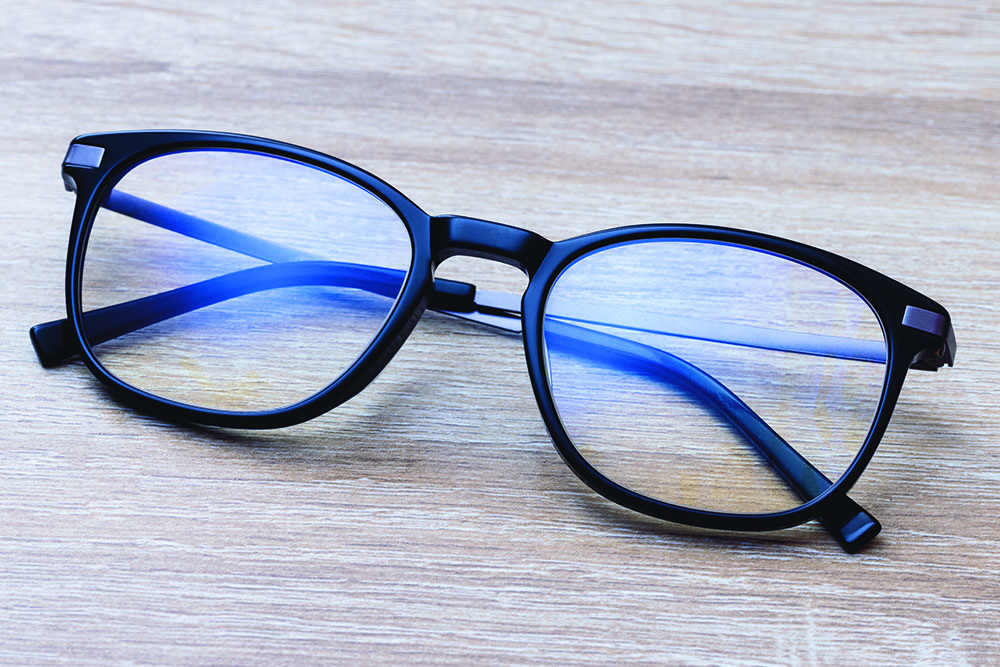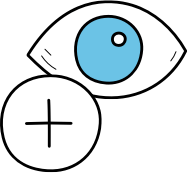May is UV awareness month
There are three types of UV Rays: A,B, &C. UV-A and UV-B radiation can have adverse effects on the eyes and vision. UV-C is absorbed by the ozone layer and does not present any threats to the eyes. UV-A is most detrimental to your central vision and causes damage to the macula. The front part of your eye (your cornea and lens) absorbs most of the UV-B rays, but these rays can cause more damage than UV-A rays if they make it through the front of the eye.
UV radiation can come from the sun or artificial sources like welding machines, tanning beds and lasers. Harmful sun damage can occur even on a cloudy day. Make sure to never look directly into the sun, even during an eclipse because this can lead to solar retinopathy which causes damage to the retina.
UV damage is cumulative, which means that the effects build up over time. Too much exposure to UV light raises the risks of eye diseases, including cataracts, growths on the eye, and cancer. Any factor that increases the amount of time you spend in the sun will increase your risk of UV radiation damage to the eyes.
Everybody, including children and teenagers should take the proper steps to avoid UV damage to the eyes. Everyone should wear proper eye protection and hats to block out the UV rays. Proper sunglasses should:
- Block out 99-100% of both UV-A and UV-B radiation
- Screen out 75-90% of visible light
- Be perfectly matched in color and free of distortion and imperfection
Stop by to take a look at all of our great sunglasses. We can also make any regular ophthalmic clear glasses into sunglasses.




















